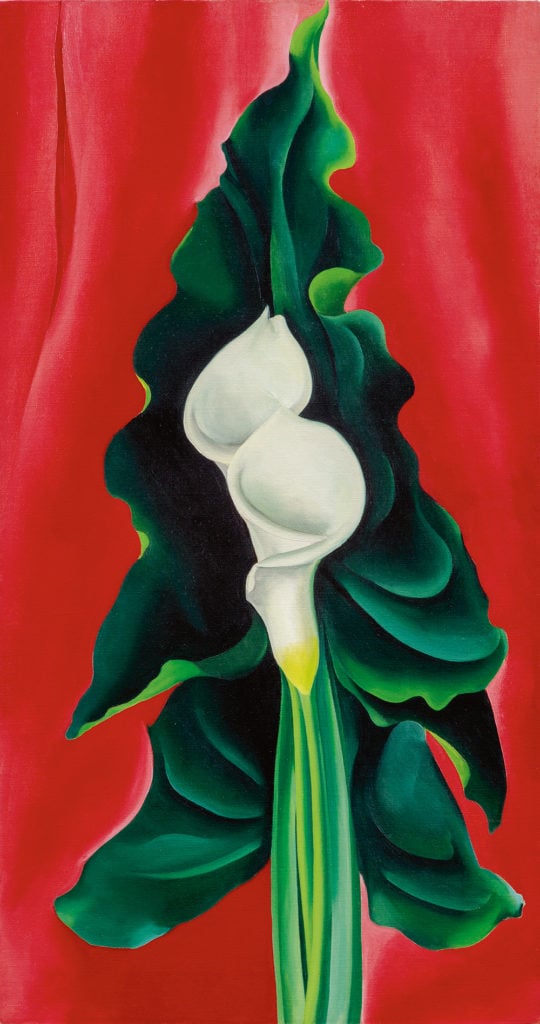Auctions
Three Paintings Deaccessioned by Santa Fe’s Georgia O’Keeffe Museum Net a Combined $23.3 Million at Sotheby’s
The museum says it needs the money to "build and refine" its collection.

The museum says it needs the money to "build and refine" its collection.

Henri Neuendorf

Three paintings deaccessioned by Santa Fe’s Georgia O’Keeffe Museum sold for a combined sum of more than $23.3 million at Sotheby’s last week.
Deaccessioning—the practice of selling art from a museum’s collection—is often controversial, even when the proceeds are used to buy more art, as professional museum organizations require. But leaders at the Georgia O’Keeffe Museum have said they need to sell the works to raise money for their acquisitions fund. After careful examination, they said, they deemed the three paintings dispensable because the museum owns other, similar works from the same period. The new cash injection, meanwhile, will enable curators to buy works that close gaps in the collection and better illustrate the breadth and dynamism of the pioneering artist’s work.
“Removing an artwork from the collection is never an easy thing for any museum to do, but it is an integral part of good collections management to continually build and refine our holdings,” O’Keeffe Museum director Robert A. Kret said in a statement published by the Art Newspaper ahead of the sale.
When the museum last deaccessioned a work in May 2014, O’Keeffe’s Jimson Weed/White Flower No. 1 (1932) beat expectations to make $44.4 million, three times its high estimate, and set a record auction price for any work by a female artist. (It was purchased by another, more deep-pocketed institution: Alice Walton’s Crystal Bridges Museum in Arkansas.)
By contrast, this week’s results were modest. At Sotheby’s contemporary art evening auction on Wednesday, A Street (1926) changed hands for $13.3 million (within its presale estimate of $12 million to $18 million), while Calla Lilies on Red (1928) sold for $6.2 million (below its estimate of $8 million to $12 million). Meanwhile, at the house’s American art auction on Thursday, O’Keeffe’s Cottonwood Tree in Spring (1943) made $3.8 million (comfortably above its estimate of $1.5 million to $2.5 million).

Georgia O’Keeffe, Calla Lillies on Red (1928). © 2018 The Georgia O’Keeffe Museum/ Artists Rights Society (ARS), NY. Courtesy of Sotheby’s.
Speaking to the Albuquerque Journal, Cody Hartley, senior director of collections at the museum, seemed pleased with the results, despite the fact that some came in under expectations. “It was, all in all, a very solid performance and continues to demonstrate O’Keeffe’s market and appeal,” he said.
The sale came hot on the heels of a critically acclaimed show of the artist’s work, clothing, and photographs at the Brooklyn Museum last year and another of her Hawaii paintings at the New York Botanical Garden this past summer. “It’s nice to see the confirmation that O’Keeffe market has continued to grow,” Hartley added.
Within the span of a week, nine works by the American artist will be sold at auction in New York (though only three come from the museum). Of these, two have already sold above estimate with premium, two sold within estimate, and two sold below estimate. Three more will be sold at Christie’s American art sale this week, including the Red Maple at Lake George (1926), which carries an estimate of $7 million to $10 million.
Both houses tried out a new approach by putting some of O’Keeffe’s work—typically the province of American art sales—into their marquee contemporary auctions. The jury is still out on whether that tactic paid off.